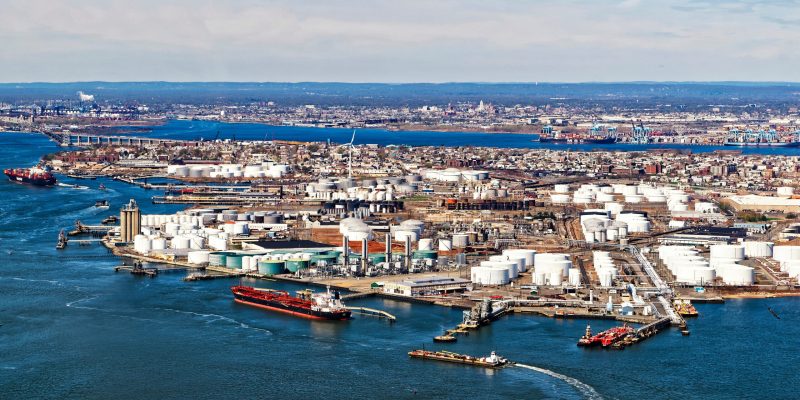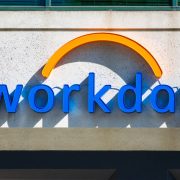
Ports along the US East Coast and Gulf Coast have reopened following a significant work stoppage, marking the end of the largest port strike in nearly 50 years.
This crucial development came after dockworkers and port operators reached a wage agreement on Friday, allowing operations that had been stalled for weeks to resume.
However, experts warn that the resulting backlog could take two to three weeks to fully clear, as container ships continue to arrive and await clearance to unload.
Supply chain disruptions
The strike’s disruption had far-reaching effects on the supply chain, with at least 54 container ships lined up offshore, anxiously waiting to dock.
The halt in port operations heightened concerns over shortages of vital goods, ranging from fresh produce to automotive components.
Now that operations are restored, the focus shifts to the efficiency of the ports in clearing the backlog and reinstating the normal flow of goods.
The resolution of this port strike is vital for the US economy, which had been bracing for potential disruptions in supply chains.
The quicker-than-expected agreement helps alleviate fears of significant economic downturns in the upcoming quarter.
Logistical challenges
Despite the reopening, the effects of the strike will linger as ports struggle to manage the backlog.
Container ships that were previously awaiting clearance now compete for docking space, complicating the logistics of addressing the congestion.
Pricing platform Xeneta estimates that it may take two to three weeks for the situation to normalize, depending on how efficiently the ports can process both delayed and incoming shipments.
Industries that rely on timely deliveries, such as food distribution and automotive manufacturing, have been particularly impacted by the strike.
The backlog raises concerns about potential shortages that could ripple down to consumers in the weeks to come.
The challenge of processing delayed ships, alongside the continuous arrival of new shipments, presents significant logistical hurdles that port operators must navigate to avoid prolonged disruptions.
Peter Sand, Chief Analyst at Xeneta, emphasized that ports must work “extra hard” to clear the backlog before supply chains can fully stabilize.
This is especially critical for industries relying on just-in-time inventory management, where even minor delays can trigger extensive ripple effects throughout the supply chain.
Freight rates
Investors who anticipated a spike in freight rates due to the strike may face a different scenario as port operations resume.
The swift resolution has diminished expectations for prolonged supply chain disruptions, resulting in softer shipping stocks.
However, the long-term impact on shipping costs remains uncertain and will depend on how quickly the backlog is resolved and whether any residual delays arise.
The reopening of the ports serves as a welcome relief for the global supply chain, which had braced itself for extended disruptions.
While the immediate threat has subsided, it will take sustained efforts from port operators and workers to clear the backlog and restore normal operations.
Stakeholders are now watching closely to see how efficiently ports manage the influx of incoming ships and the residual effects on supply chains across various industries.
The post US East and Gulf Coast ports reopen after historic strike; backlog expected to take weeks to clear appeared first on Invezz











